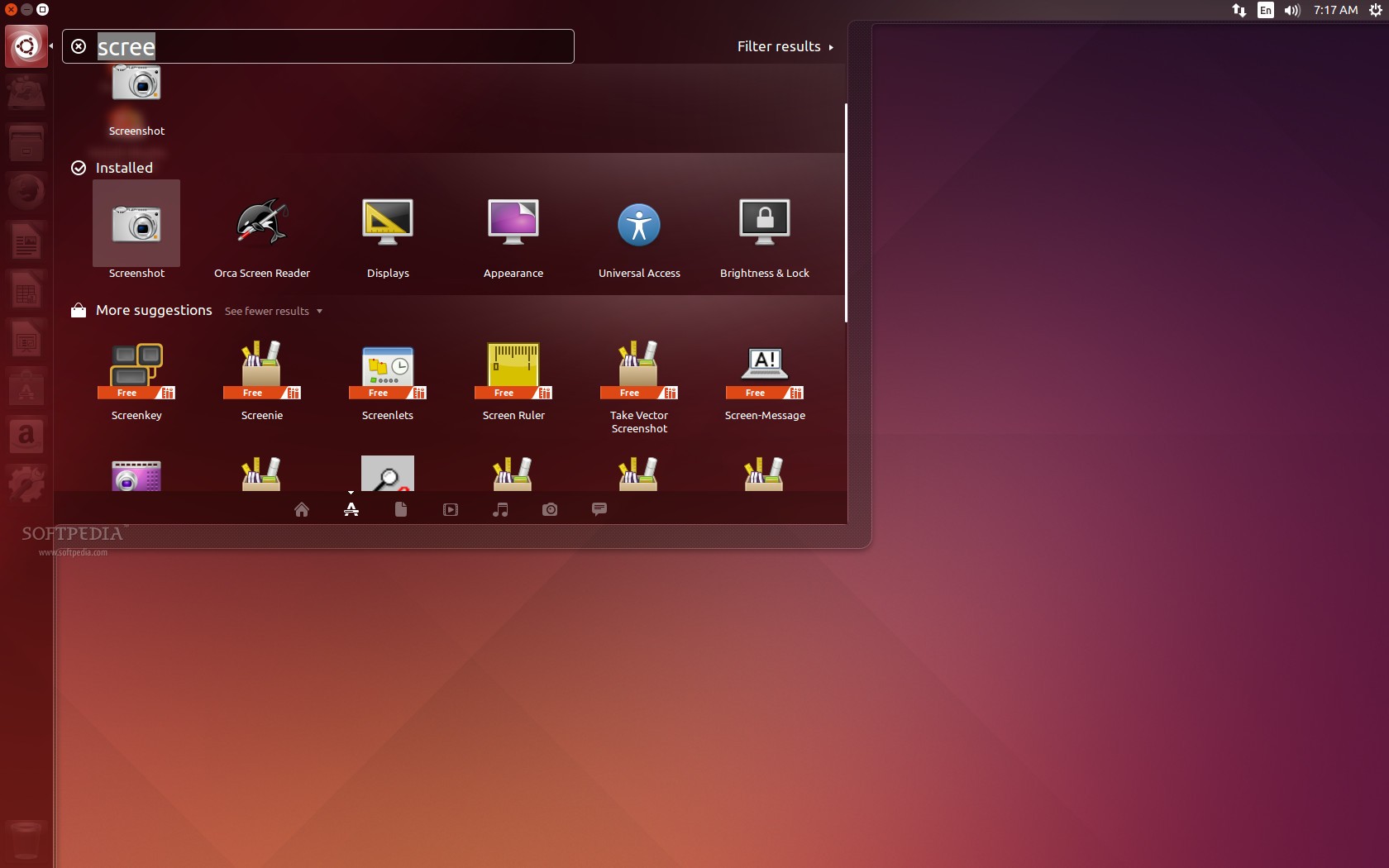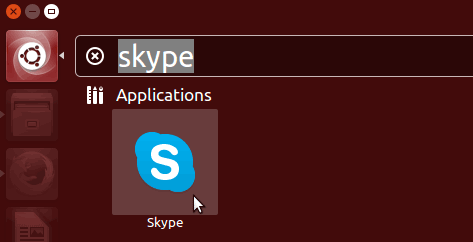

- #Download ubuntu 14.04 with python subprocess install
- #Download ubuntu 14.04 with python subprocess Offline
The core difficulty is that web-based visualization libraries don't actually render plots (i.e. It's a problem that library developers have struggled with for years, and it has delayed the adoption of these libraries among scientific communities that rely on print-based publications for sharing their research.

Plotly.js, Vega-Lite, etc.) is a complex problem. raster images like PNGs or vector images like SVGs) from web-based visualization libraries (e.g. transform ( fig, format = "png" ))Īs simple as it sounds, programmatically generating static images (e.g. Figure ( data = )]) with open ( "figure.png", "wb" ) as f : f. from import PlotlyScope import aph_objects as go scope = PlotlyScope ( plotlyjs = "", # plotlyjs="/path/to/local/plotly.js", ) fig = go.
#Download ubuntu 14.04 with python subprocess Offline
When the plotly Python library uses Kaleido (as in the example above), it provides the path to its own local offline copy of plotly.js and so no internet connection is required. Note: This particular example uses an online copy of the plotly JavaScript library from a CDN location, so it will not work without an internet connection. Here is an example of exporting a Plotly figure using the low-level Kaleido API: The kaleido Python package provides a low-level Python API that is designed to be used by high-level plotting libraries like Plotly. See the plotly static image export documentation for more information. Then, open figure.png in the current working directory. write_image ( "figure.png", engine = "kaleido" ) iris (), x = "sepal_length", y = "sepal_width", color = "species" ) fig.

For example: import plotly.express as px fig = px. Versions 4.9 and above of the Plotly Python library will automatically use kaleido for static image export when kaleido is installed. Use Kaleido to export plotly.py figures as static images Releases of the core kaleido C++ executable are attached as assets to GitHub releases at.
#Download ubuntu 14.04 with python subprocess install
$ conda install -c conda-forge python-kaleido The kaleido package can be installed from PyPI using pip. As such, the focus is on providing a programmatic-friendly, rather than user-friendly, API. The primary focus of Kaleido (at least initially) is to serve as a dependency of web-based visualization libraries like plotly.py. The project's initial focus is on the export of plotly.js images from Python for use by plotly.py, but it is designed to be relatively straight-forward to extend to other web-based visualization libraries, and other programming languages. png, svg, pdf, etc.) for web-based visualization libraries, with a particular focus on eliminating external dependencies. To signal the entire process group, use os.Kaleido is a cross-platform library for generating static images (e.g. The shell and Python processes receive the signal.The parent program signals the process group using the pid of the shell.The shell script forks again and that process execs Python.The new process runs exec() to start the shell.The Popen instance forks a new process.sleep ( 1 ) print 'PARENT : Signaling process group %s ' % proc. setsid, ) print 'PARENT : Pausing before sending signal to child %s. Popen (, close_fds = True, preexec_fn = os. Import os import signal import subprocess import tempfile import time import sys script = '''#!/bin/sh echo "Shell script in process $$" set -x python signal_child.py ''' script_file = tempfile. Of overhead needed (such as closing extra file descriptors andĮnsuring the pipes are closed) are “built in” instead of being handled The API is consistent for all uses, and many of the extra steps It provides all of theįunctionality of the other modules and functions it replaces, and Popen takes arguments to set up the new process so the parentĬan communicate with it via pipes. The subprocess module defines one class, Popen and aįew wrapper functions that use that class. With those other modules, many of the examples here re-create the ones Is intended to replace functions such as os.system(),Ĭommands.*(). Higher-level interface than some of the other available modules, and The subprocess module provides a consistent interface toĬreating and working with additional processes. Spawn and communicate with additional processes. Subprocess – Work with additional processes ¶ Purpose:


 0 kommentar(er)
0 kommentar(er)
